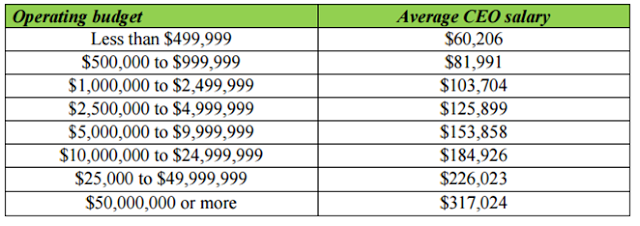But in the Church, I think there’s no doubt that the biggest hoax of all time was the link between the Book of Mormon and Central America, perpetrated by William Smith and Benjamin Winchester in the Times and Seasons. That was my main point, and the sooner that is recognized, the sooner we can reach a legitimate consensus about Book of Mormon geography.
That said, there’s another angle that has raised questions. This isn’t directly related to the geography question, and I don’t have a dog in the fight, but when I see errors perpetrated, I like to correct them.
That blog post I mentioned the other day said this: “People who register .org domains or use the term “foundation” when in reality they are for-profit corporations or LLC’s are being disingenuous and doing a dis-service to the body of believers.”
That statement is itself disingenuous.
The domain .org “was originally intended for non-profit entities, but this restriction was not enforced and has been removed. The domain is commonly used by schools, open-source projects, and communities, as well as by for-profit entities.”
Maybe people have heard of Google, the second largest company in the world in terms of market cap. They use google.org.
microsoft.org directs to microsoft.com. Amazon.org directs to Amazon.com.
Then there is craigslist.org.
“Foundation” is not a legal term, either. It is often used by non-profit corporations or charitable trusts, but there is no legal limitation on the term. Even the Clinton Foundation, technically, isn’t a foundation in the traditional sense. It’s a public charity.
The distinction between “for profit” and “non-profit” corporations implicates fiduciary duties to shareholders and different tax filings, but when the shareholders of a “for profit” corporation support values other than maximizing profit, the distinction is blurred in a practical sense. Some states are allowing benefit corporations and low-profit limited liability companies (L3C). A “for profit” corporation can be more charitable than a “non-profit” corporation, depending on how the resources are allocated.
A “non-profit” corporation might actually pay its management far more than a “for profit” corporation, for example.
According to one survey, the median salary for an Executive Director at a non-profit is $63,546 per year. Some Executive Directors at non-profit corporations are paid much more than that.
Here is another range given based on operating budget:
Bottom line, it is a false dichotomy to differentiate between “for profit” and “non-profit” without examining the underlying data, objectives, and performance of the entity in question.
Source: Book of Mormon Concensus

